| |
Sangamo BioSciences Presents Clinical Data Demonstrating HIV Reservoir Reduction in HIV-Infected Subjects Treated with ZFP Therapeutic®, SB-728-T
|
| |
| |
Unprecedented Immune Reconstitution Drives HIV Viral Reservoir Depletion
Encouraging Preliminary Anti-Viral HIV Data during Treatment Interruption in Ongoing SB-728-T Phase 2 Trials
SEE SLIDES BELOW
RICHMOND, Calif., May 15, 2013 /PRNewswire/ -- Sangamo BioSciences, Inc. (Nasdaq: SGMO) announced today the presentation of new clinical data from its program to develop a ZFP Therapeutic® for HIV/AIDS. The data, which demonstrate that SB-728-T treatment results in a reduction in the HIV reservoir in HIV-infected subjects, are being presented at the 16th Annual Meeting of the American Society of Gene and Cell Therapy (ASGCT). The meeting is being held in Salt Lake City from May 15-18, 2013.
HIV-infected subjects enrolled in Sangamo's ongoing SB-728-902 clinical trial (Cohorts 1-3) received a single infusion of SB-728-T which resulted in a durable increase in total CD4 T-cells driven by increased ZFN-modified CD4 central memory T-cells. The extent of exposure of subjects to circulating zinc finger nuclease (ZFN) CCR5 protected CD4 T cells correlated with a long term decrease in the peripheral blood mononuclear cell (PBMC) HIV reservoir as measured by proviral DNA. In addition, two of four evaluable subjects in Cohort 5 of this study showed a decrease of greater than one log in their viral load during a sixteen week treatment interruption (TI) with one of the subjects achieving a transiently undetectable viral load during the TI period. In subjects in which viral load decreased, a measureable anti-HIV response was observed, specifically a multi-functional response of CD8 T-cells to elements of HIV core proteins.
"These data are quite remarkable," commented Dale Ando, M.D., Sangamo's vice president of therapeutic development and chief medical officer. "In previous clinical studies, a decline in the HIV reservoir has never been observed in subjects on long-term anti-retroviral therapy (ART) and any increase in the levels of CD4 cells in HIV-infected subjects is often associated with a concomitant increase in the size of the reservoir. In contrast, a single SB-728-T treatment of subjects on long-term ART produced a significant and durable improvement in CD4 count and, in the majority of subjects, a notable decrease in the HIV reservoir over time. An observed correlation with circulating ZFN CCR5 protected CD4 cells is extremely promising."
Summary of Clinical Data
SB-728-0902 Cohorts 1-3 in Immunologic Non-Responders (INR)
· Treatment of HIV subjects with a single infusion of SB-728-T leads to long term increases in CD4 counts (up to 3 years in some subjects).
· Long-term increases in CD4 counts correlate with increased CD4 central memory and increased ZFN CCR5 protected central memory T-cells.
· The extent of long-term exposure to circulating ZFN-CCR5 protected CD4 cells correlates with long-term decreases in the PBMC HIV reservoir.
SB-728-0902 Cohort 5 (CCR5 delta-32 Heterozygotes)
· Post SB-728-T infusion, a 16-week ART TI can lead to viral load
reduction from initial peak.
· Two out of four subjects showed reduction in viral load during TI
· One subject achieved transient undetectable viral load during TI
· The best viral load reduction responses are seen in subjects with CD8 T-cell HIV gag immune responses that are polyfunctional (expression of multiple cytokines) and the highest levels of bi-allelic modification of the CCR5 gene.
SB-728-1101 Immunologic Responders with Cytoxan Conditioning
· Accrual and treatment in progress with ten subjects infused to date.
· Analysis of numbers of modified SB-728-T cells and viral load during TI is in progress.
Viral load decreases correlate with highest levels of estimated biallelic CCR5 modification
· Decreases in viral load from peak to the end of TI correlated with mean circulating bi-allelic ZFN CCR5 protected CD4 cells during the TI for all patients to date who fully completed TI per protocol in SB-728-Penn, 902 Cohort 5(CCR5 delta-32 Heterozygotes) and 1101 studies.
"These data continue to demonstrate the important link between SB-728-T-driven immune reconstitution and HIV viral load depletion," said Rafick-Pierre Sekaly, Ph.D., Co-Director & Chief Scientific Officer, The Vaccine & Gene Therapy Institute of Florida (VGTI Florida), whose laboratory carried out the immunologic analyses. "Specifically, SB-728-T treatment protects long-term central memory CD4 T-cells from HIV-infection which is key for the successful development of an immunologic approach to HIV. ZFN-protected central memory cells are driving positive effects on total CD4 T-cell counts in treated subjects and appear to also play a role in breaking the cycle of HIV reservoir maintenance. "
"We are very encouraged by our data to date and by our continued progress in understanding the factors required to maximize the potential of this novel immunologic approach to a functional cure for HIV," stated Geoff Nichol, M.B., Ch.B., Sangamo's executive vice president of research and development. "Sangamo has demonstrated that we have the necessary factors for success: SB-728-T is well-tolerated; the modified cells engraft and traffic throughout the body, appear to be immunologically active, and importantly, persist.
We observe an unprecedented increase in total CD T-cell levels which correlates with the levels of ZFN-protected CD4 central memory T-cells, and a related long-term decrease in the viral reservoir. We have also observed reduction in viral loads during TI, to undetectable levels transiently in one of four subjects, providing a second example of this observation. Viral load changes during TI continue to correlate with circulating bi-allelic ZFN CCR protected CD4 cells. In addition, we have identified key immunologic markers of inflammation that correlate with the degree of engraftment and can potentially aid in the selection of subjects for which SB-728-T may be most effective."
Dr. Nichol continued, "In our ongoing studies, we will continue to investigate these parameters including the threshold engraftment levels of biallelically modified T-cells and the types of HIV-reactive cells necessary to mount an immune response to the virus. We look forward to presenting the results of these completed studies at the end of 2013."
The data were presented today by Dale Ando, M.D., Sangamo's vice president of therapeutic development and chief medical officer in a Scientific Symposium entitled "Challenges and Success of Gene Therapy Product Approval." Dr. Ando also chaired the symposium.
Data will also be presented from Sangamo's Phase 1 clinical trial SB-728-902 Cohorts 1-3 in a second presentation at 2:15 pm MT, on Thursday, May 16, 2013, Abst.#: 58 "Long Term CD4 Reconstitution in HIV Subjects Receiving ZFN CCR5 Modified CD4 T-Cells (SB-728-T) May Be Attributed to the Sustained Durability of the Central Memory T-Cell Subset."
Summary of Clinical Trial Design
About SB-728-902 Cohorts 1-3
The study is an open-label Phase 1 clinical trial to evaluate the safety and tolerability of single infusions of an escalating dose of an autologous (a patient's own) CD4+ T-cell product genetically modified at the CCR5 gene by CCR5-specific ZFNs (SB-728-T). The trial enrolled nine HIV-infected subjects (three cohorts of three subjects each) who have sub-optimal T-cell levels and no detectable viral load on long-term ART. Subjects remained on their existing antiviral therapy while receiving treatment with SB-728-T.
About SB-728-902 Cohort 5
Up to 20 HIV-infected subjects heterozygous for the CCR5 delta-32 mutation (i.e. with one CCR5 gene that is naturally modified) who are currently on ART are being enrolled and will receive a single intravenous infusion of SB-728-T (5 to 30 billion modified cells). Two months after SB-728-T treatment, subjects undergo a 16 week TI during which time their anti-retroviral therapy is discontinued. ART will be reinstituted in subjects whose CD4 T-cell counts drop to < 350 cells/ mm3 and/or whose HIV-RNA increases to > 100,000 /mL for three consecutive weekly measurements. At the end of the TI, subjects with a sustained detectable HIV viral load are reinstituted on ART. Subjects with an undetectable viral load can remain off ART until HIV RNA levels are detectable or their CD4 T-cell count drops below 350 cell/mm3 for three consecutive weekly measurements.
About SB-728-1101
SB-728-1101 is an open-label, dose escalation, multi-center study designed primarily to evaluate the safety and tolerability of escalating doses of cyclophosphamide (Cytoxan®) administered one day prior to SB-728-T infusion. Cytoxan is a drug that is used to transiently reduce the numbers of T-cells in the body which then rapidly repopulate once the drug is discontinued. Such lymphodepletive treatment has been used to enhance engraftment of adoptively transferred T-cells in the treatment of cancer and as therapy for numerous autoimmune diseases. The drug has been previously used in HIV-infected individuals and studies demonstrate that, while the drug was transiently lymphodepleting, it did not significantly reduce total CD4 T-cell counts over the long term and was adequately tolerated.
In addition to safety, the study is evaluating the effect of escalating doses of Cytoxan on SB-728-T engraftment, the effect of SB-728-T treatment on viral load following ART interruption, the change in CD4+ T-cell counts in peripheral blood and the long-term persistence of SB-728-T.
At least 9 HIV-infected subjects on ART are being enrolled into 3 dose-escalating cohorts (3 subjects/cohort), and will receive intravenous Cytoxan (200 mg, 500 mg/m2 or 1000 mg/m2). Within each cohort, treatment is staggered so that each subsequent subject cannot be infused with Cytoxan until at least 2 weeks after the preceding subject. One day after receiving Cytoxan, subjects are infused with SB-728-T (5 to 30 billion cells). Six weeks after SB-728-T infusion, subjects with CD4 cell counts ³500 cells/ mm3undergo a 16 week TI during which time their anti-retroviral therapy is discontinued. ART will be reinstituted in subjects whose CD4 T-cell counts drop to < 500 cells/mm3and/or whose HIV-RNA increases to > 100,000 copies/ mL for three consecutive weekly measurements. At the end of the TI, subjects with a sustained detectable viral load or CD4 T-cell count < 500 cells/ mm3are reinstituted on ART. Subjects with an undetectable viral load can remain off ART until HIV RNA levels are detectable or their CD4 T-cell count drops below 500 cells/mm3 for three consecutive weekly measurements.
Additional Presentations at ASGCT
Twelve additional presentations from Sangamo and its collaborators will be featured later in the week and include data from preclinical and research-stage human therapeutic programs. Therapeutic areas include additional presentations on HIV/AIDS, ZFP-based approaches for monogenic diseases such as hemophilia, including applications of Sangamo's proprietary In Vivo Protein Replacement Platform, hemoglobinopathies, and oncology. Developments in gene-editing technology applications will also be featured in presentations at the meeting.
All abstracts for the meeting are available online at 2013 ASGCT Meeting Abstracts.



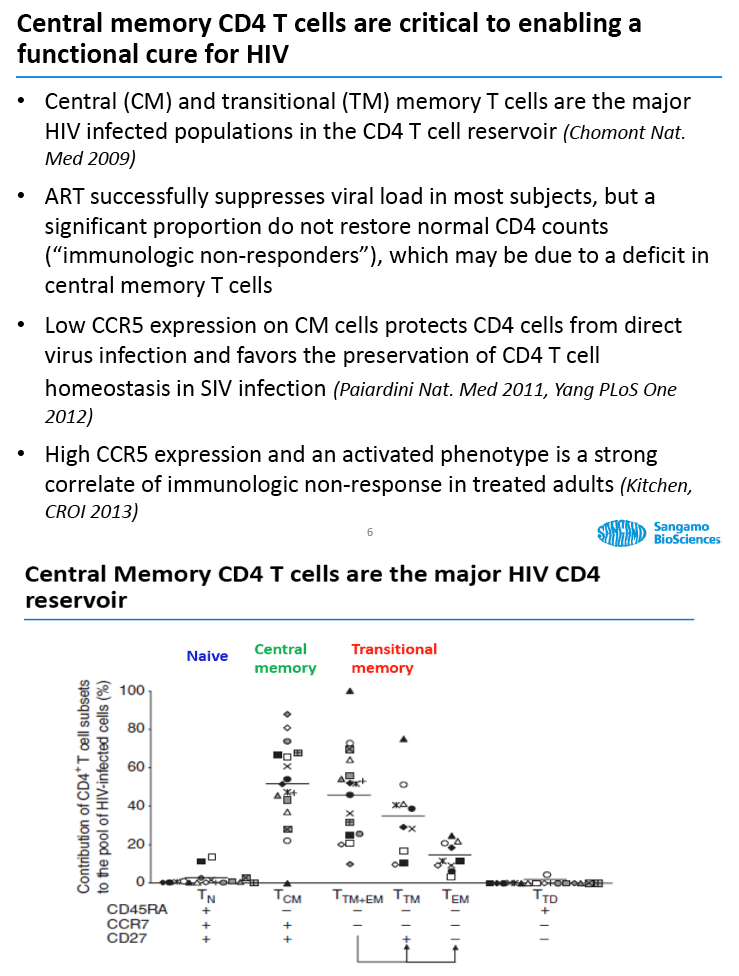
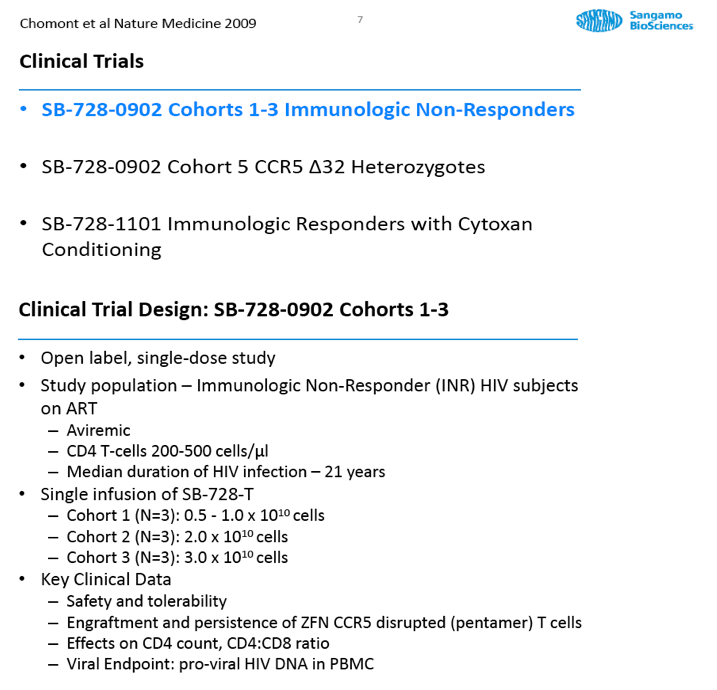
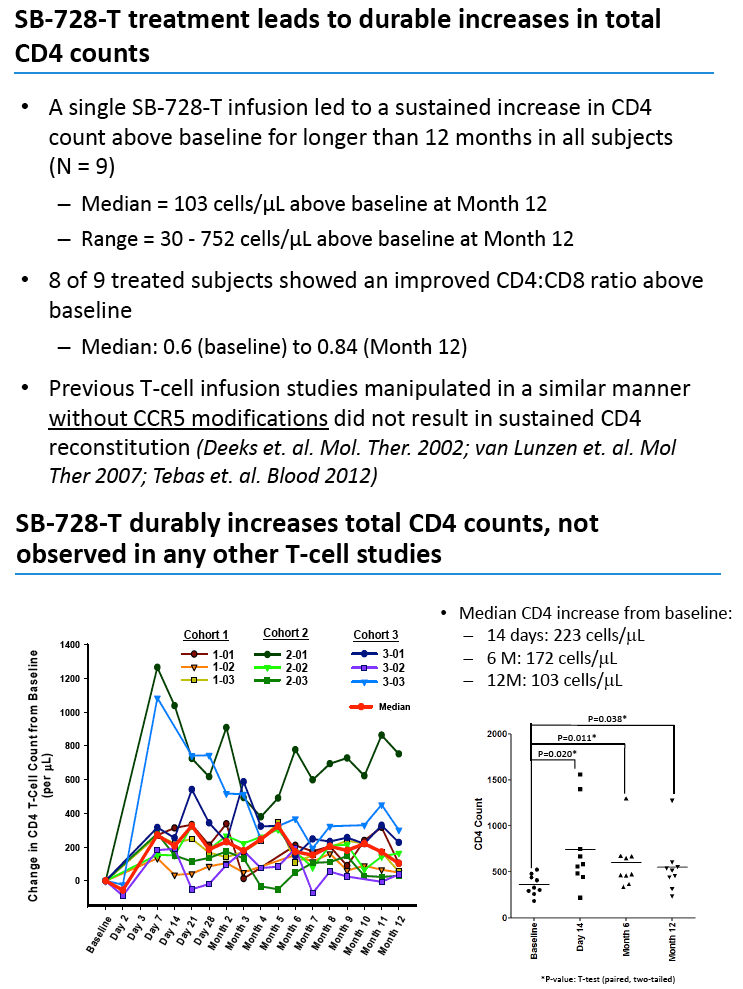

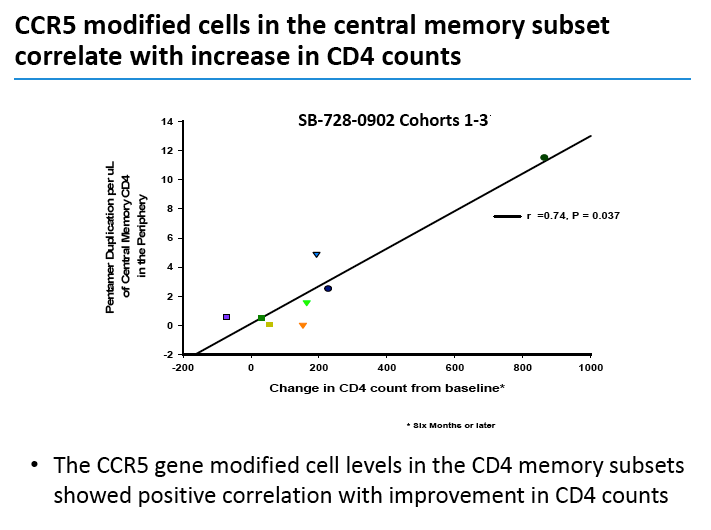
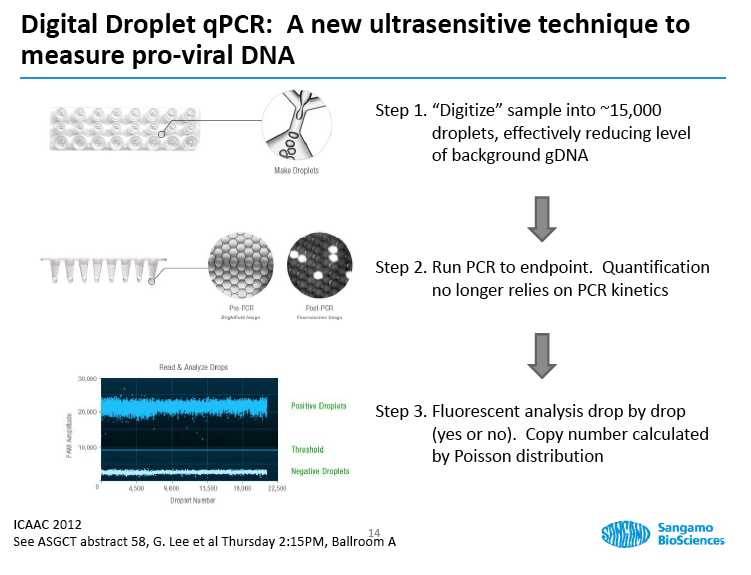
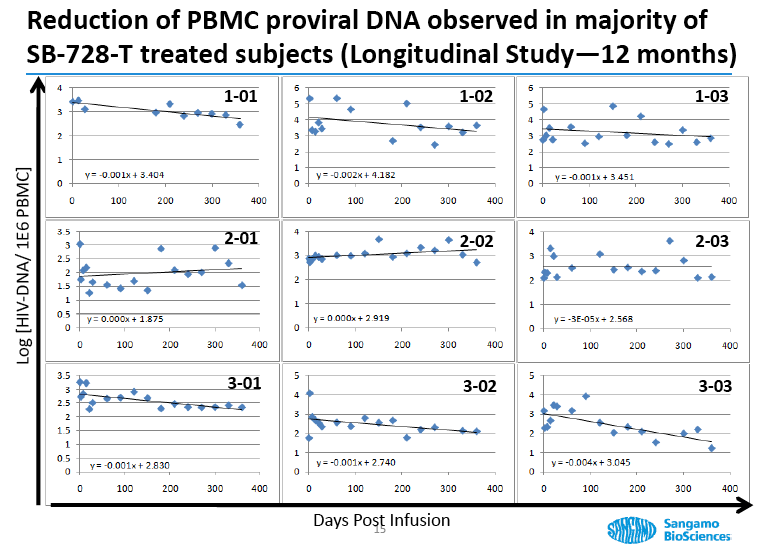
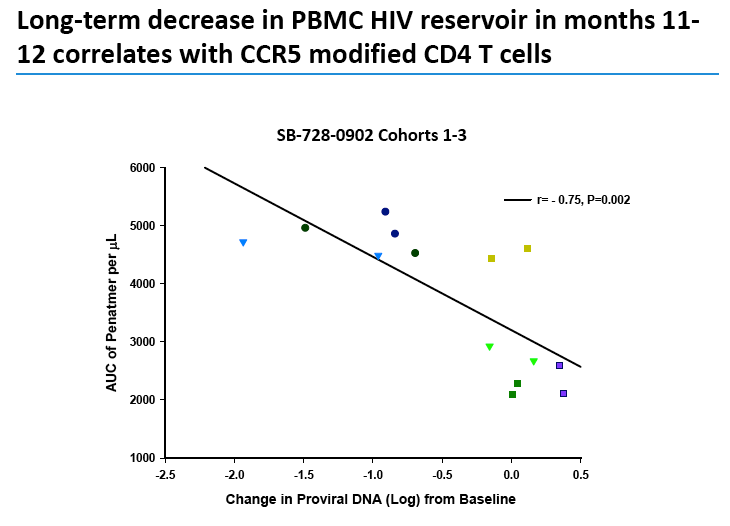
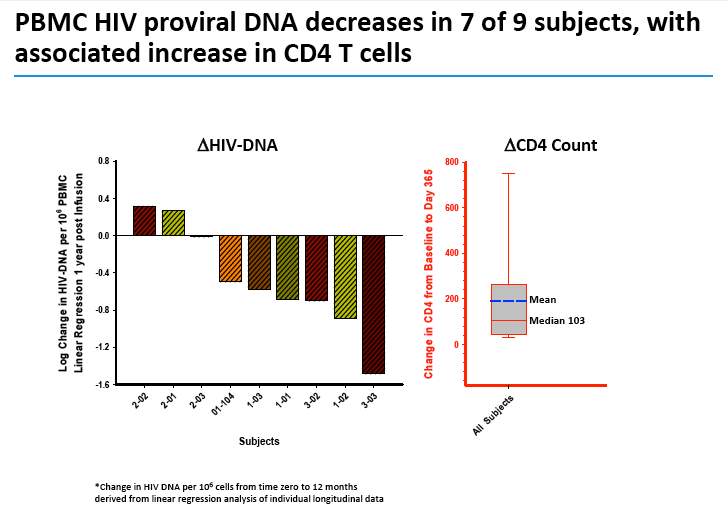
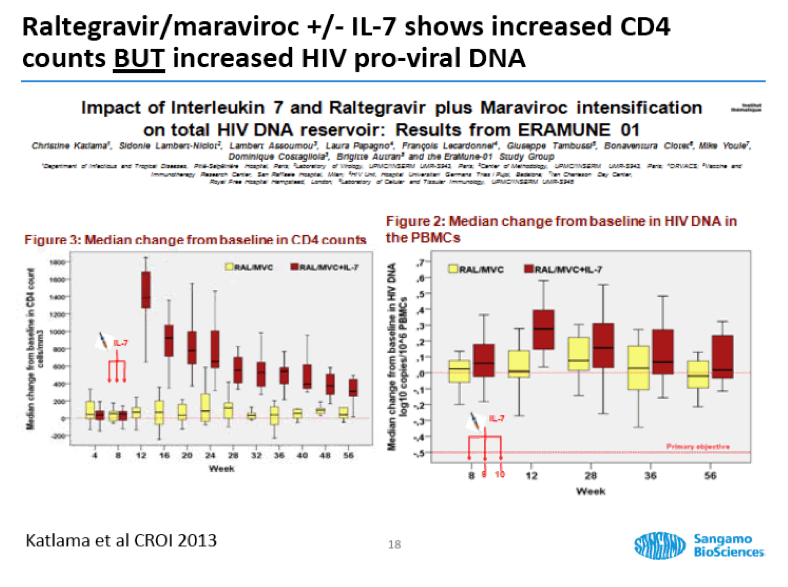
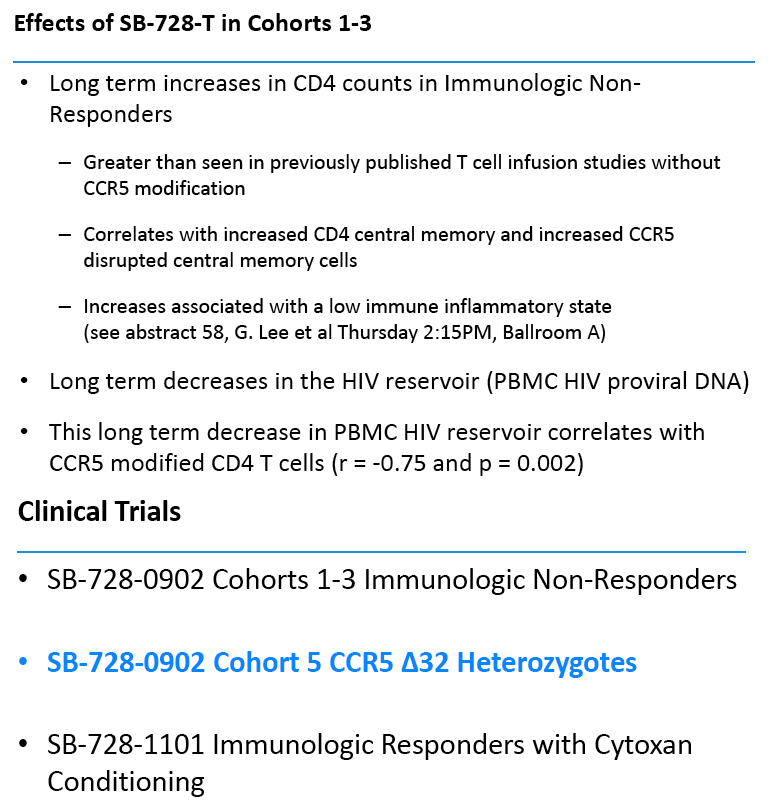
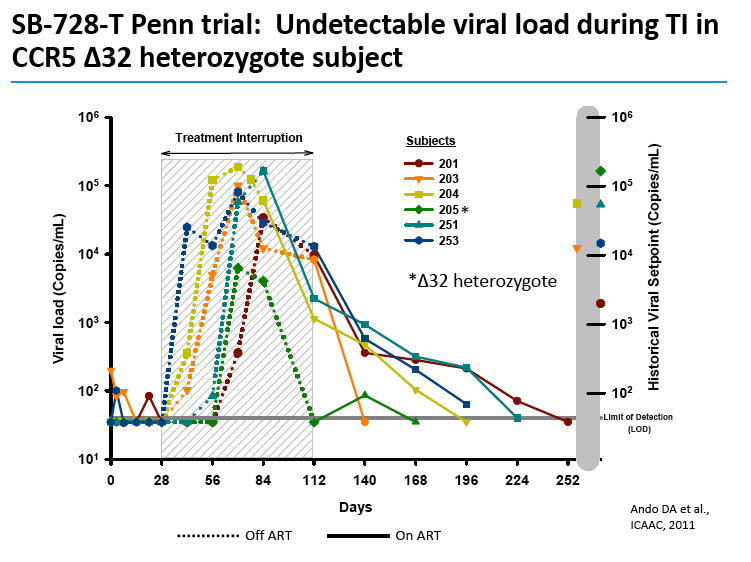

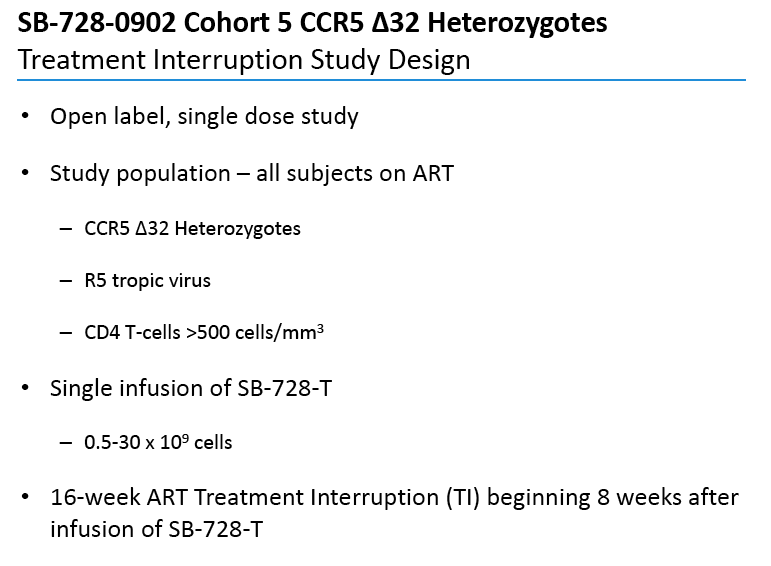
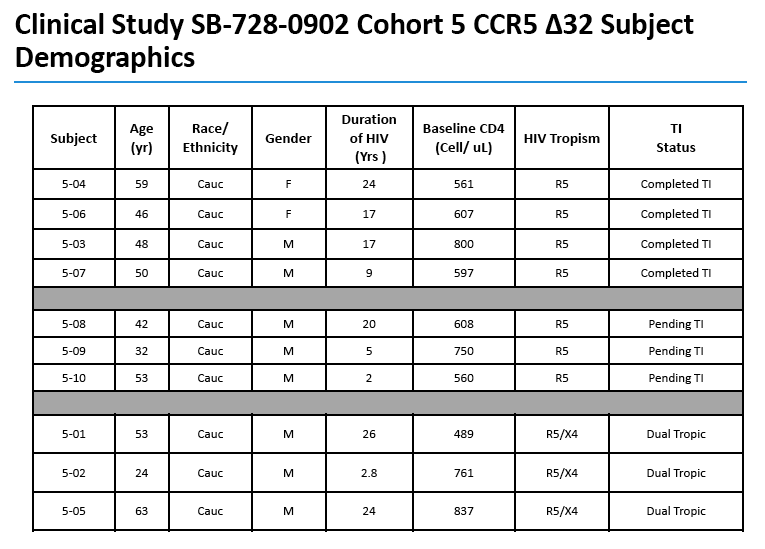

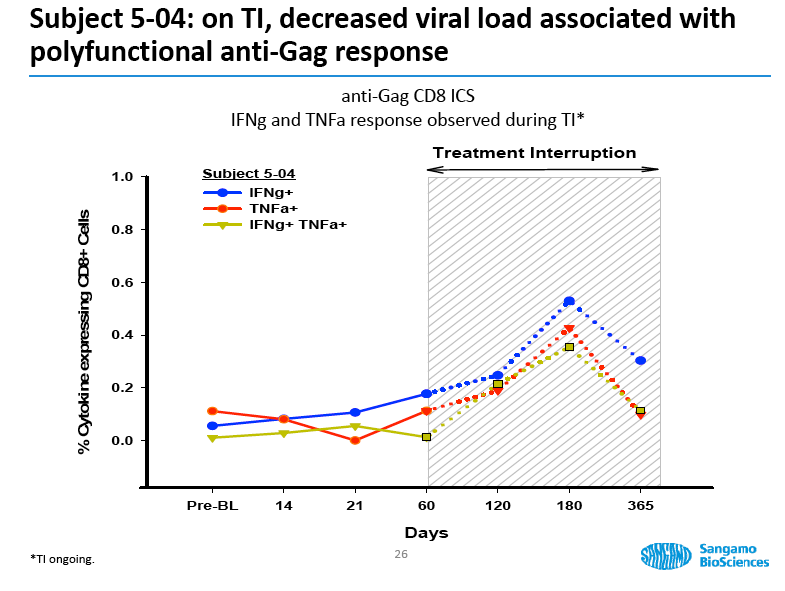
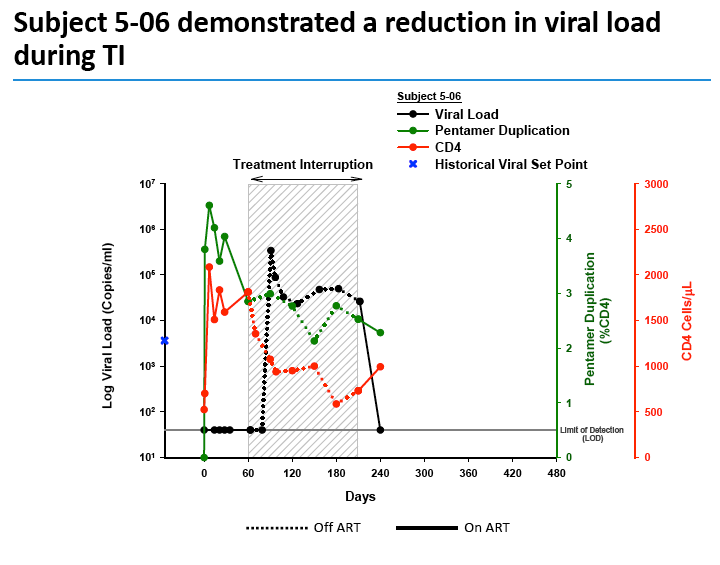

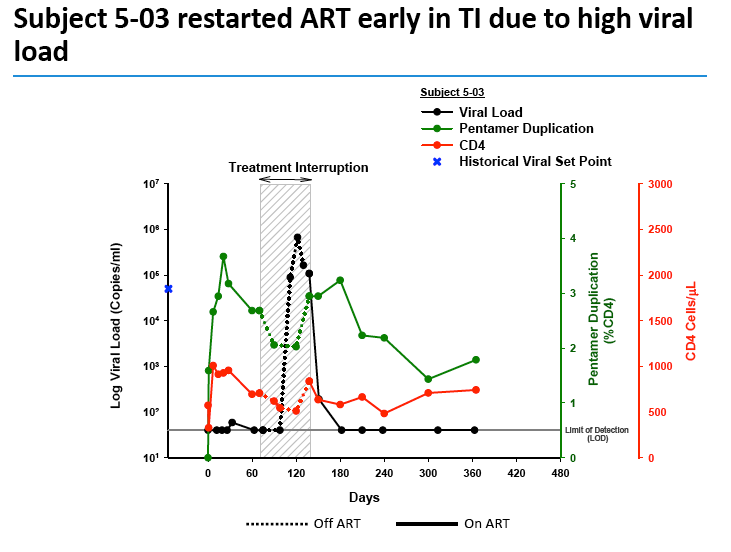
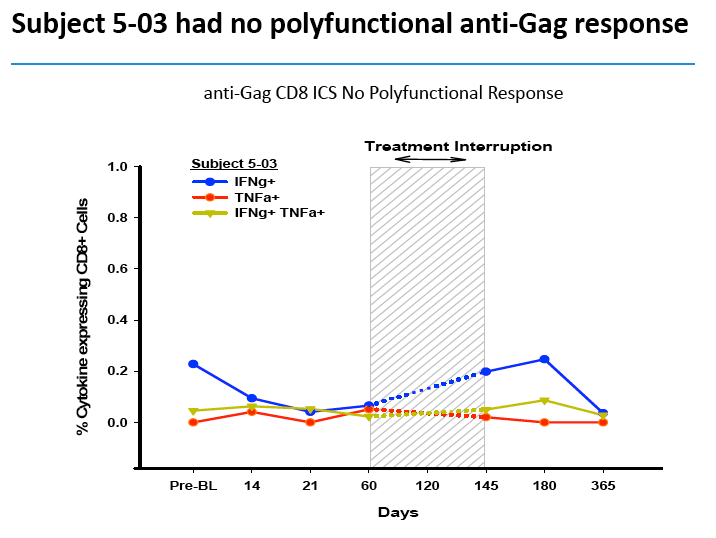
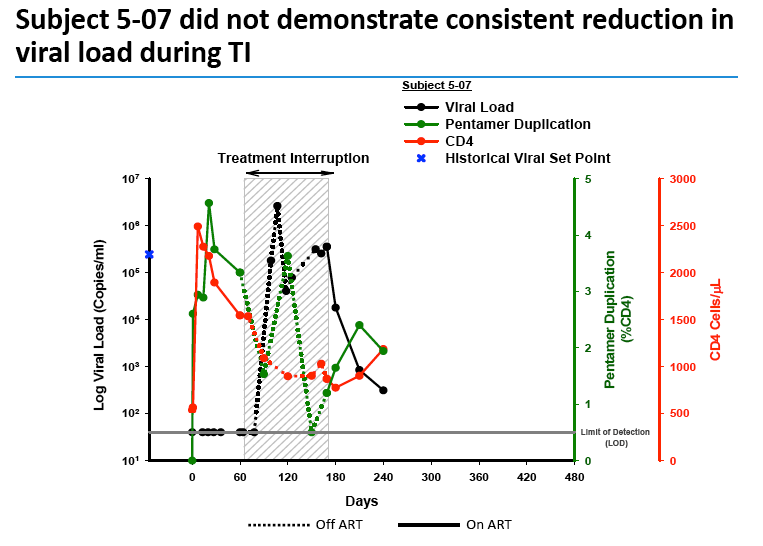
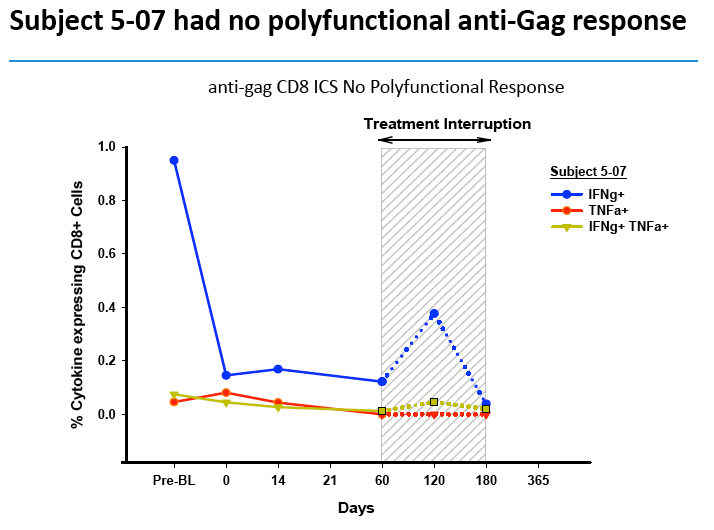
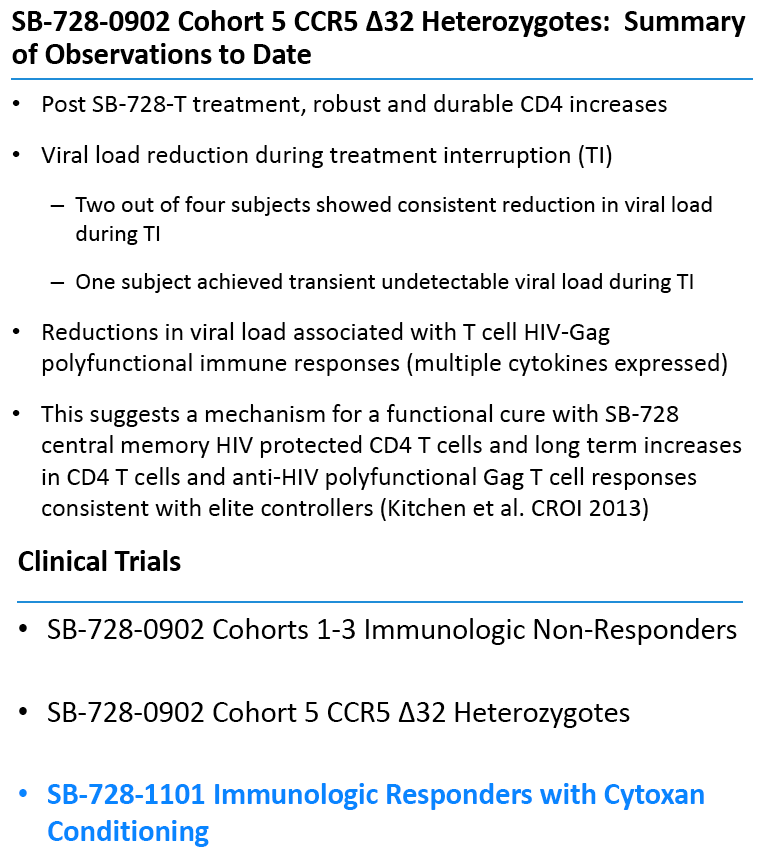

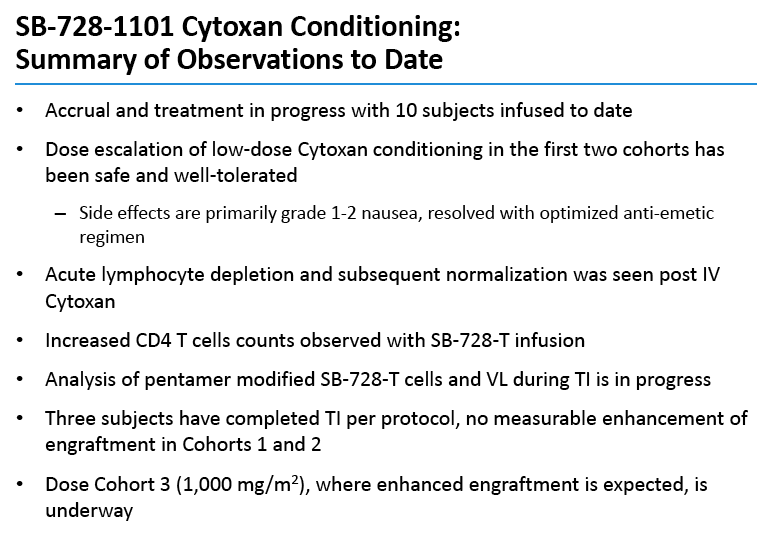
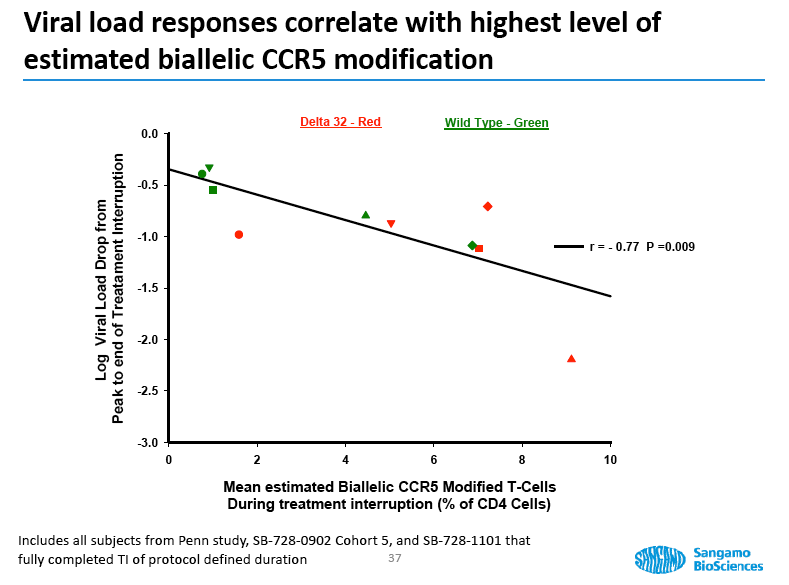
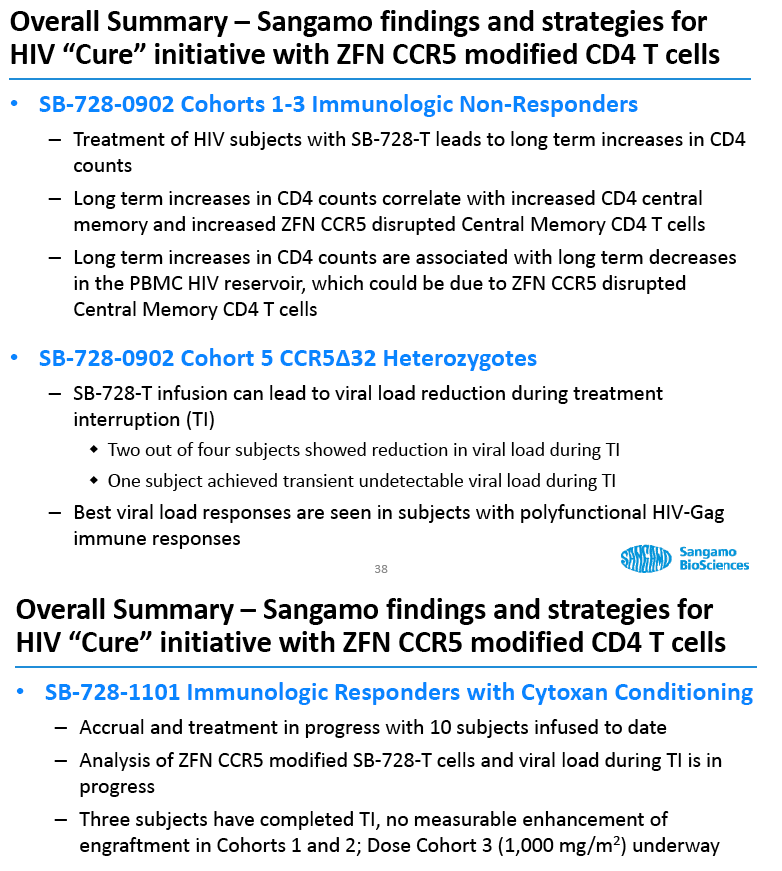
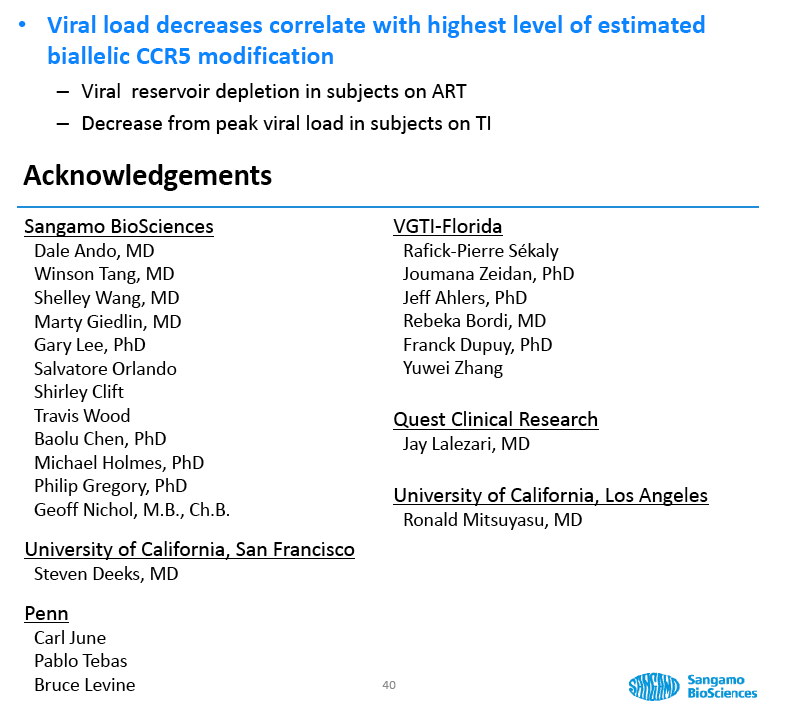
| |
| |
| |
|
|
|